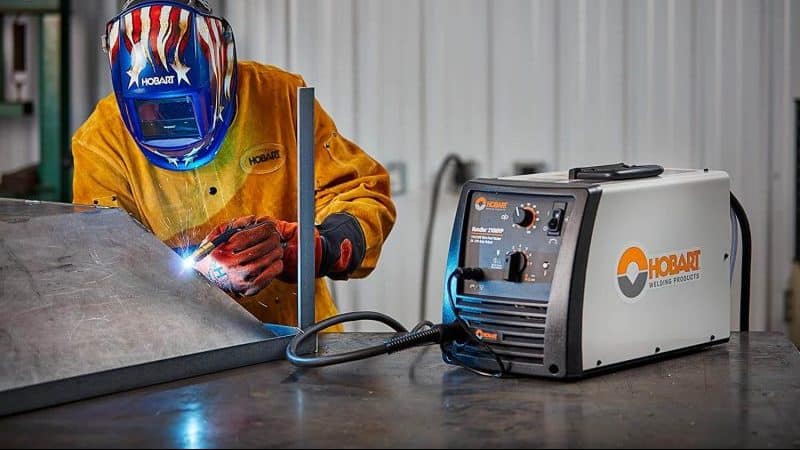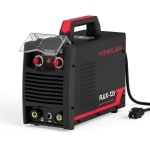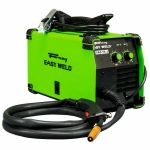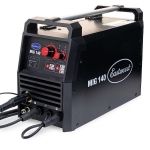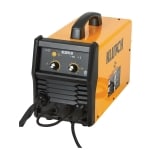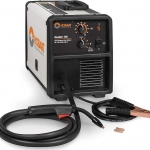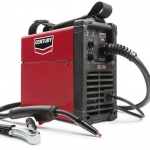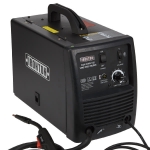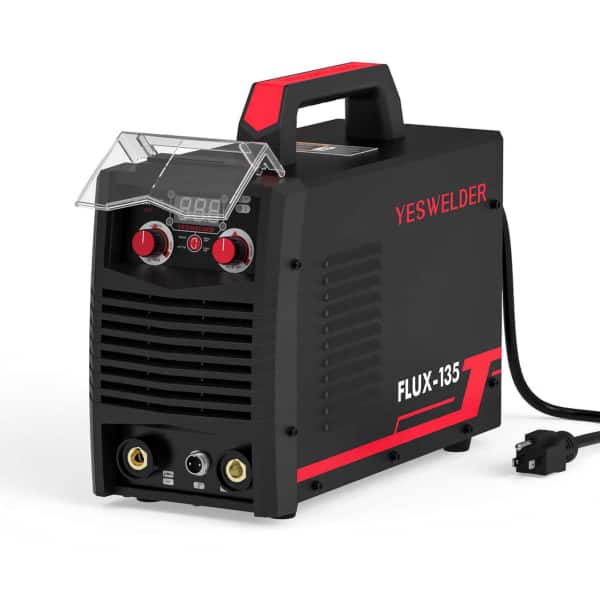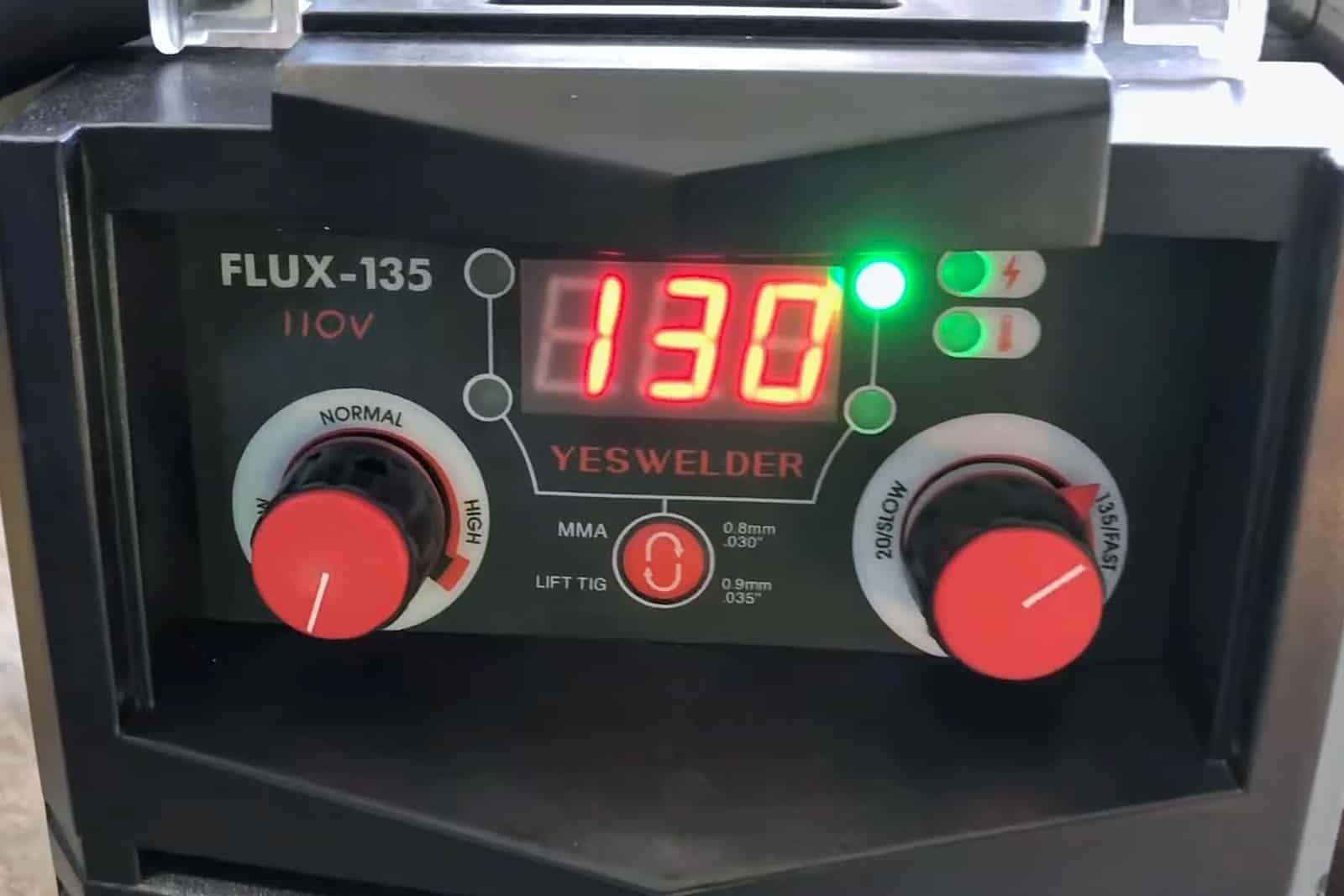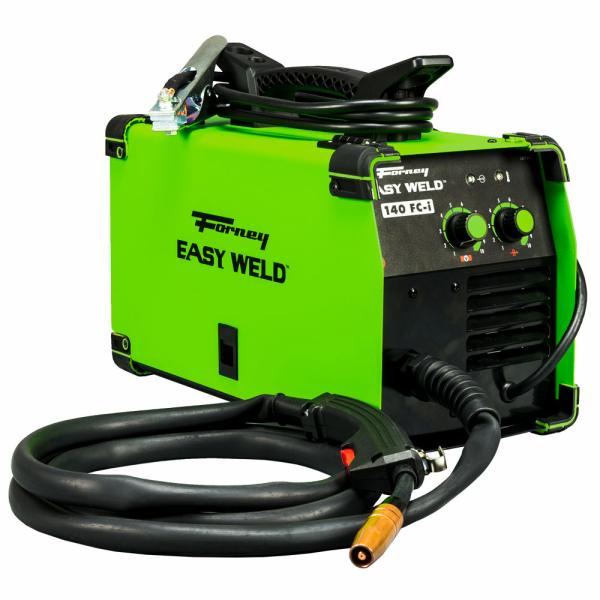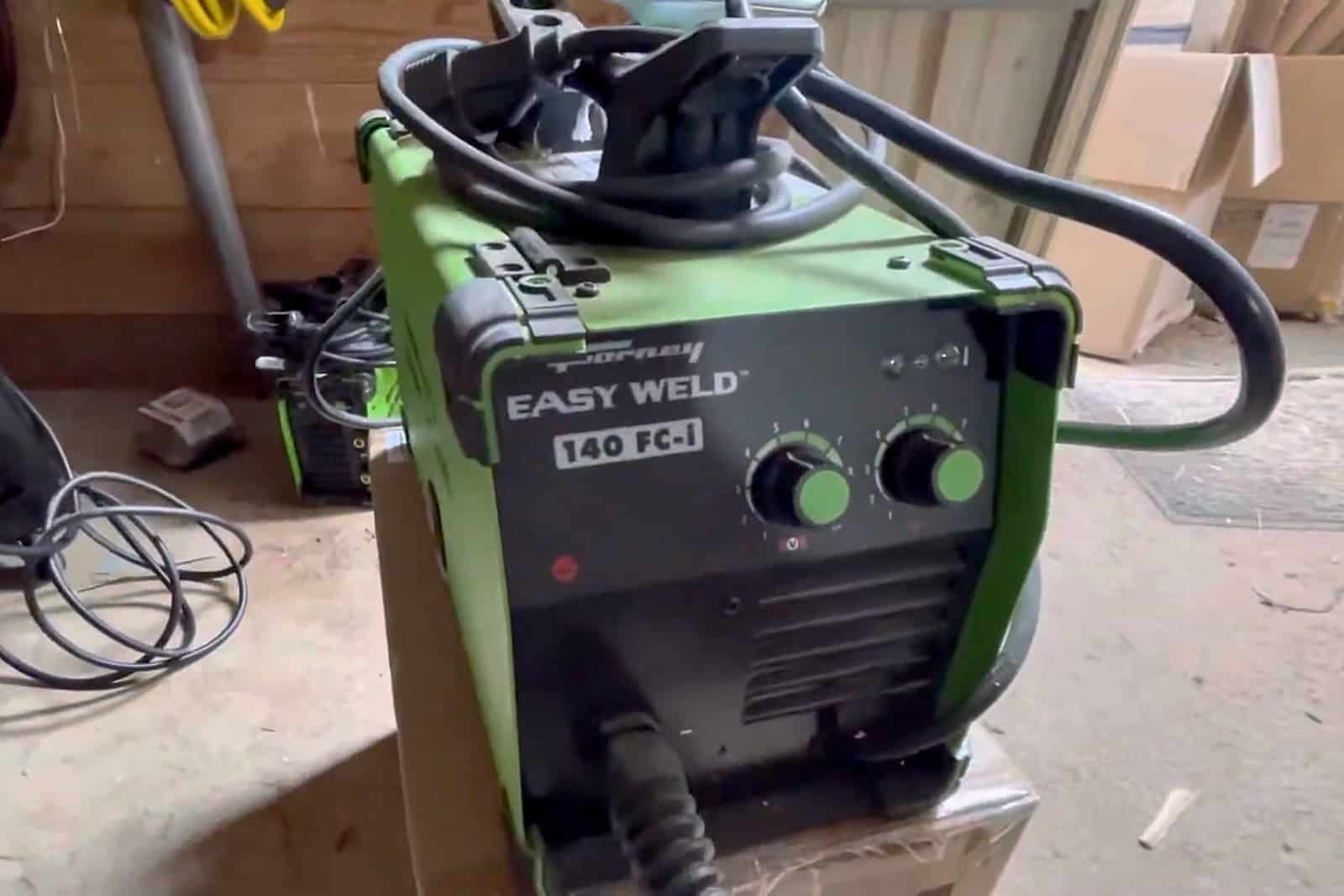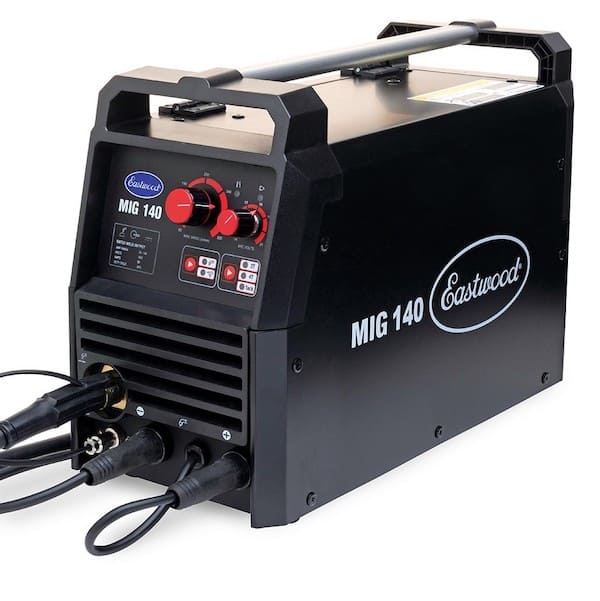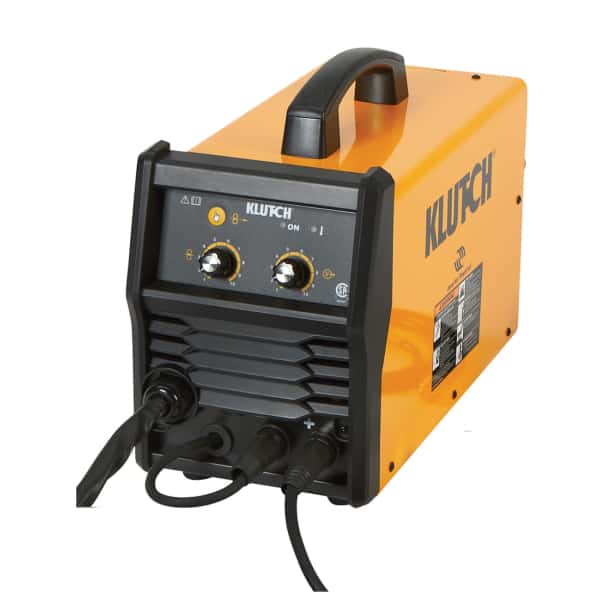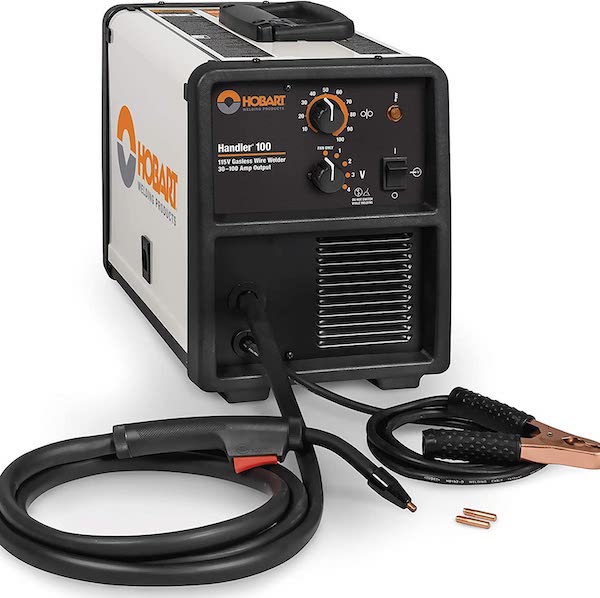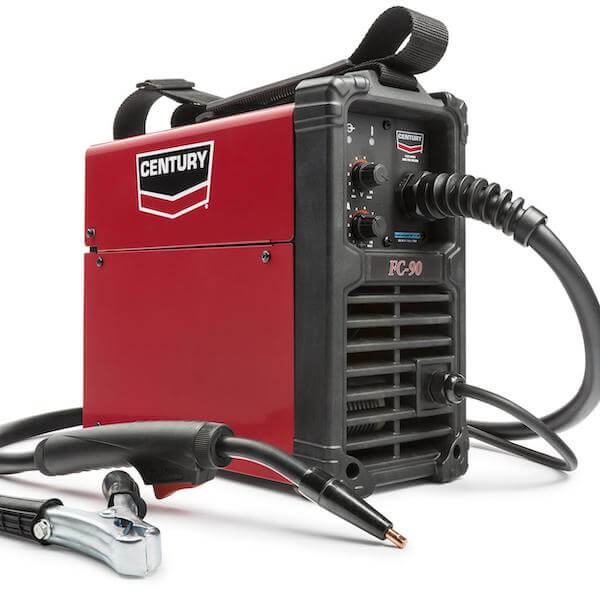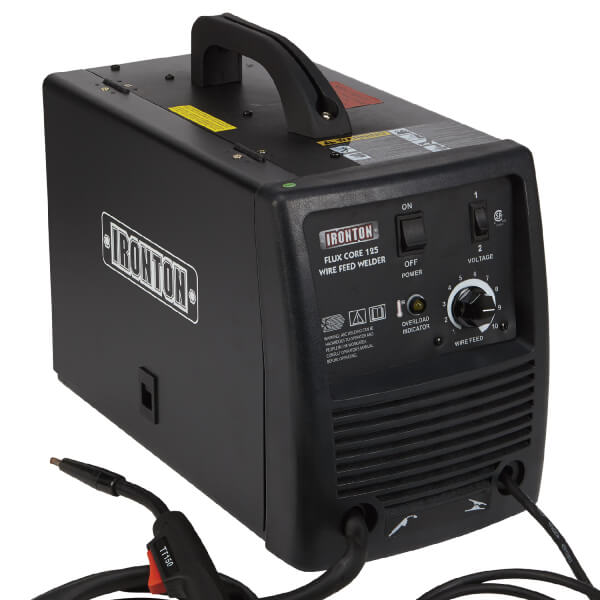Flux core welders have changed everything for DIY welders and small shops. These inexpensive yet powerful machines let you weld everything from auto body sheet metal to serious steel plate.
With so many machines to choose from, it’s easy to miss out on great features or pay too much for insufficient power.
When choosing the best options, I looked for:
- Good power output with 110V input
- Machine build quality
- Brand reliability and support
- Overall user satisfaction
Note: I purposefully avoided the cheapest Chinese flux core welders as I have had bad experiences with them. Either they weren’t reliable, the parts were hard to find, or their support was non-existent.
With that in mind, let’s dive in.
